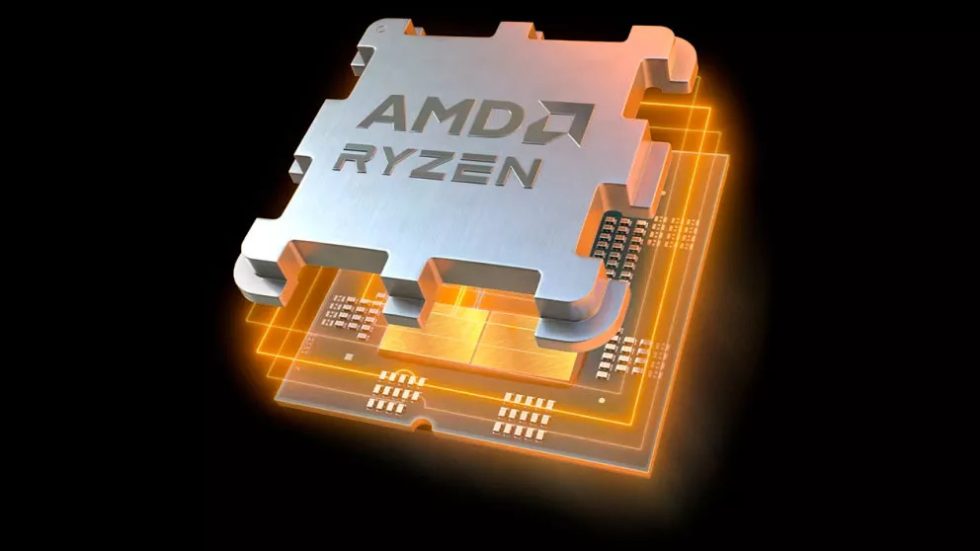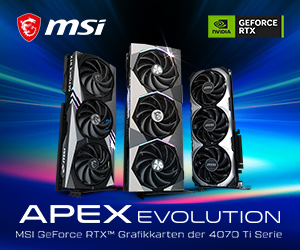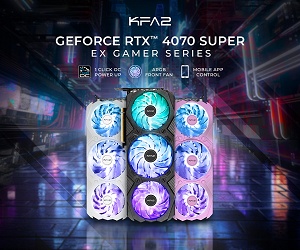AMD's Ryzen 7 7800X3D has quickly gained popularity, securing a spot on the list of best CPUs. According to the new user benchmarks published on an independent platform, the octa-core chip achieves similarly good results on the cheap A620 boards as on the X670(E) mainboards. The Ryzen 7 7800X3D was particularly convincing in games and achieved similar performance rates as other high-caliber CPUs. However, there seems to be a slight performance difference in multi-thread applications, such as in the benchmark test Cinebench 23. However, it should be noted that the performance of a CPU depends on many factors, such as the software used, the operating system, the cooling system and other components in the system. Therefore, user benchmarks should be taken with a grain of salt and results may differ from individual configurations.

AMD recently launched a new chipset called the A620, designed as an entry-level option for upgrading to Zen 4 and the consumer AM5 platform. The A620 motherboards are already available from a price of around 90 Euros. These motherboards are ideal for use with Ryzen 7000 non-X processors with a TDP of 65 W and a PPT of 88 W. Although higher-end SKUs can boot on A620 motherboards, the onboard power supply subsystem will limit the processor's multi-threaded performance because it does not have the necessary power margin.
Power supply is an important factor for processor performance, as power supply affects system stability and can affect performance if it is not sufficient. However, it is important to note that the A620 chipset is designed for entry-level users who do not want to spend a lot of money on their system. If you want higher performance, it is advisable to choose a chipset that is more suitable for the specific requirements. This way, you can make sure that the system provides the performance you need.
The maximum power consumption of the A620 chipset is 88 watts (88W PPT), which is the base specification. However, motherboard manufacturers have the option to add more powerful power supplies to their A620 products to increase chipset performance. This means that not all A620 motherboards available on the market are built identically and there can be differences here. It should be noted that a more robust power supply subsystem usually comes at a higher cost. Thus, the higher-end A620 motherboards, which have a more powerful power supply, could potentially be very close to the B650 motherboards in terms of performance and price.
| Chipset | Shadow of the Tomb Raider (Avg FPS) | Shadow of the Tomb Raider (1% Low) | Forza Horizon 5 (Avg FPS) | Forza Horizon 5 (1% Low) | Cyberpunk 2077 (Avg FPS) | Cyberpunk 2077 (1% Low) | Total War: Three Kingdoms (Avg FPS) | Total War: Three Kingdoms (1% Low) |
|---|---|---|---|---|---|---|---|---|
| X670 | 336 | 171 | 195 | 148 | 203 | 109 | 224 | 171 |
| A620 | 327 | 174 | 193 | 141 | 203 | 111 | 233 | 176 |
The Gigabyte A620M Gaming X is a motherboard that features a better power subsystem than a typical A620 motherboard with a 6+2+1 design. This means that the Gigabyte motherboard offers better performance and power supply efficiency, which can have a positive impact on the computer's performance. However, the difference between the Gigabyte motherboard and MSI's Pro X670-P WiFi was obvious when it came to overclocking the Ryzen 7 7800X3D. On the MSI motherboard, the chip could run at speeds of 4.7 GHz to 4.8 GHz, while on the Gigabyte motherboard it was limited to clock rates between 4.4 GHz and 4.6 GHz.
Gaming enthusiasts will be pleased to hear that the differences in clock speeds between processors do not have a significant impact on gaming performance. The difference is only about 3%, which means that it is not perceptible to the human eye unless frame rate recording software is used.However, the difference between the clock rates can be a bit bigger in other workloads, but still remains within limits. In other words, while the higher clock rate might have a slightly stronger impact in other applications, the performance increase is still not significant enough to justify buying a more expensive CPU.
The MSI Pro X670-P WiFi kept the Ryzen 7 7800X3D at 4.8 GHz across all eight cores during the Cinebench R23 run. In the Gigabyte A620M Gaming X, the boost clock of all cores fluctuated between 4.5 GHz and 4.7 GHz. This resulted in a 5% higher Cinebench R23 score for the MSI Pro X670-P WiFi. The reviewer did not report the motherboard firmware or AGESA versions for the motherboards he used. Also, each motherboard manufacturer tunes the memory in their own way, so memory overclocking is better with certain brands. This is one of the first tests between A620 and X670 motherboards with a Ryzen 7000X3D processor. Further tests will certainly be needed to confirm the initial results. Furthermore, the Ryzen 7 7800X3D is a 120W chip. It will be interesting to see the performance degradation on higher TDP parts, like the Ryzen 9 7950X or Ryzen 9 7900X, which have a TDP of 170W.
In the meantime, gamers looking for a Ryzen 7 7800X3D for a gaming rig will be well served with an A620 motherboard. If budget allows, switching to a B650 motherboard could potentially maximize the chip's performance.
Source: TomsHardware































24 Antworten
Kommentar
Lade neue Kommentare
Urgestein
Veteran
Veteran
Urgestein
Veteran
1
Urgestein
Neuling
1
Urgestein
Urgestein
Urgestein
Urgestein
Urgestein
Urgestein
Urgestein
Urgestein
Urgestein
Urgestein
Alle Kommentare lesen unter igor´sLAB Community →